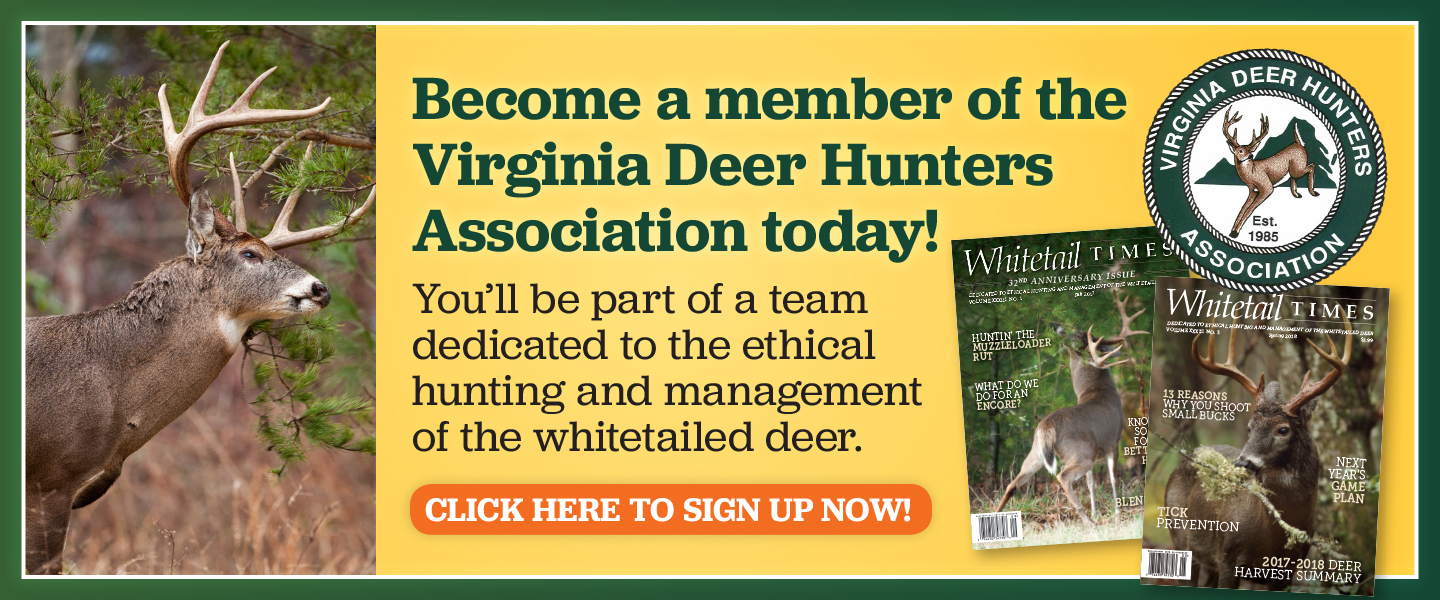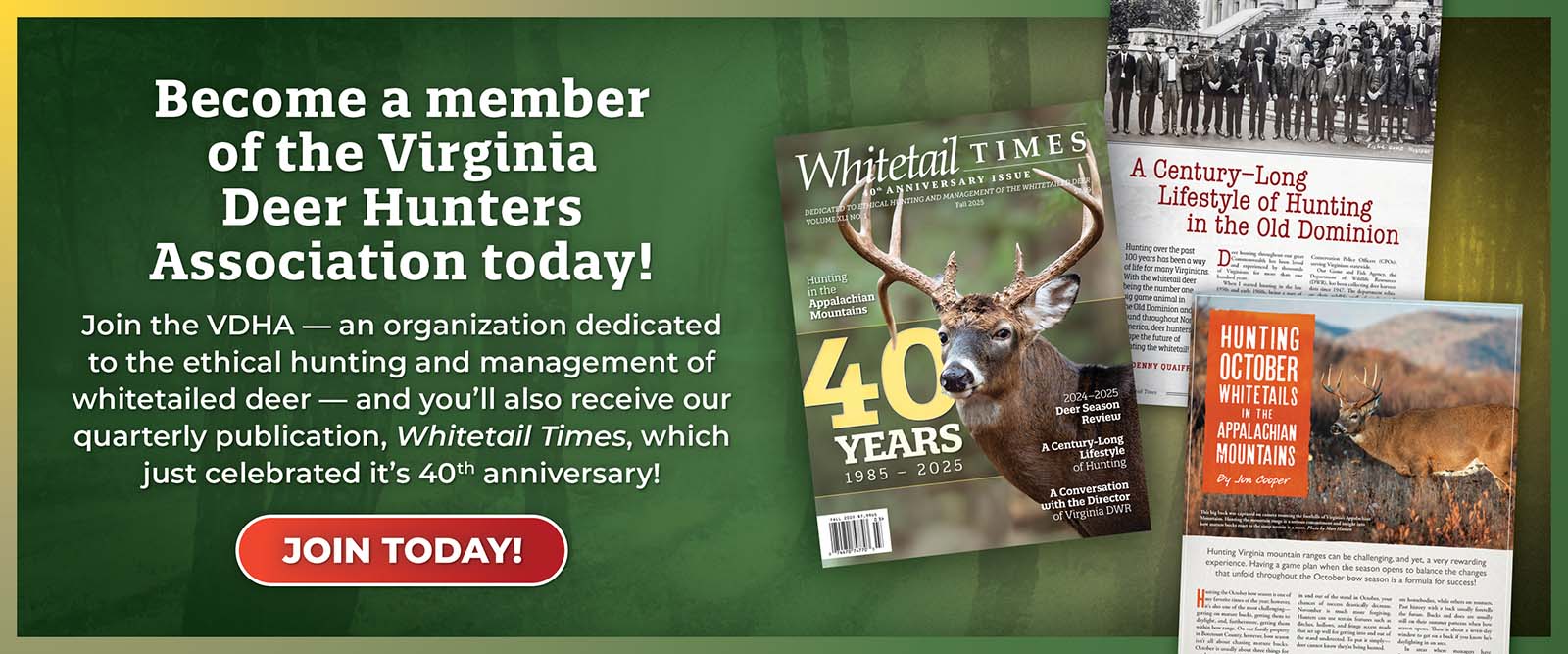By Master Conservation Police Officer Eric Dotterer for Whitetail Times
There is one lesson from the academy that consistently holds true for a Conservation Police Officer: it is a guarantee that an officer is never truly off duty. From something as small as being recognized at the store and someone asking a question (or two or three), to larger moments where personally experiencing a situation results in being called to act due to an ingrained sense of duty.
When these instances occur, an off-duty officer may be the only one trained to handle the issue and must immediately arise to the occasion. There will be times when an officer has no choice but to act, especially when something happens close to home. Such was the case for Sergeant Wes Billings and Conservation Police Officer Andrew Bobbitt.
On a cool October morning, Billings was enjoying some well-deserved sleep before tackling another day of protecting the state’s natural resources, but before the rooster had a chance to crow, he awoke to the loud and distinct cracking sounds of a high-caliber rifle. Hoping to determine the intended target, Billings quickly exited his residence just after two in the morning to investigate the source of the shots. As he walked out the door, he heard a series of rapid shots from a small-caliber firearm. Using his 20-plus years of experience as a wildlife officer, he determined the direction of the rounds and was confident some sort of illegal activity was taking place. Billings re-entered the house, gathered his gear, and within minutes, had notified dispatch that he was on duty.
While in route, he paid close attention to the fields, looking for anything that was out of place. Arriving in the general area, he keenly spotted the faint side mirror lights of a pickup truck parked in the back of a pumpkin field. Being familiar with the area, he knew there was only one road in and out of the field. Billings “blacked out” his patrol vehicle and entered the dirt road proceeding towards the location of the vehicle. As he crept slowly through the field, the suspect’s vehicle started to move and headed straight for him. Billings steadied his nerves and stayed on course for the other vehicle, waiting for the best time to reveal his identity.
At the perfect moment, he turned on his headlights and prepared for a traffic stop. Suddenly, the pickup truck swerved off the dirt road and into the pumpkin field. Barely avoiding the patrol vehicle, the suspect veered back onto the farm road and sped toward the blacktop. Billings had calmly watched the truck as it passed through the field next to him. Those few seconds provided all the information he needed to identify the driver, and possible passenger, in a truck he believed to be involved in previously reported wildlife crimes. Taking what he had learned, Billings returned home to get some shut eye before returning to process the scene at daybreak.
The next morning, Billings notified Wythe County CPO Bobbitt of the previous night’s events. The officers met at the incident location, began to survey the area, and quickly located the fresh carcass of a nine-point buck. As lead investigator, Bobbitt examined the deer and immediately noticed it had been shot twice. One bullet had struck the ribs of the animal, and the other had pierced its lower jaw.
Now that he had evidence of a crime, Bobbitt called K9 Officer Jacob Chaffin to being his partner Molly for assistance in locating further evidence. While waiting for the K9 unit to arrive, Bobbitt checked the perimeter of the field, looking for additional carcasses. During the search, Bobbitt discovered an empty beer can lying in a row of pumpkins in the area where the offense had occurred.
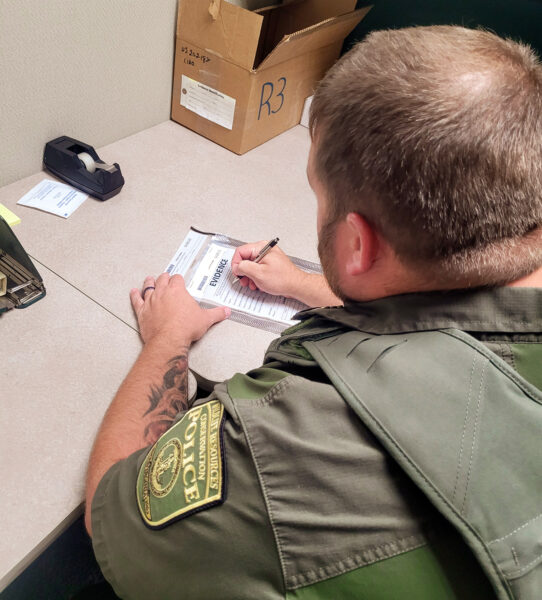
Evidence collection and documentation are critical parts of any investigation. This documentation includes maintaining a chain of custody. Photo by Master Conservation Police Officer Eric Dotterer
Meanwhile, in the same vicinity of the nine-point carcass, Billings searched the fence line where the pickup truck had been parked. He walked the area, strategically scanning the ground for evidence, when out of the corner of his eye, he observed something out of place. Leaning in, he found a partially hidden cigarette butt that had been discarded among the pumpkin plants. He continued to search for additional evidence linking the suspect and the crime. A few more minutes produced the evidence he needed—a shiny .270 brass cartridge nestled in the dirt. K9 Chaffin and Molly arrived on scene, providing additional support in the search and further verified that all evidence had been located in the investigation.
Bobbitt began the painstakingly detailed process of documenting the evidence that had been located and marked during the investigation of the scene. The scene was documented from a 360-degree viewpoint at the heart of the incident and each article of evidence was catalogued using the techniques approved by the Virginia Department of Forensic Science, then placed in a district evidence locker.
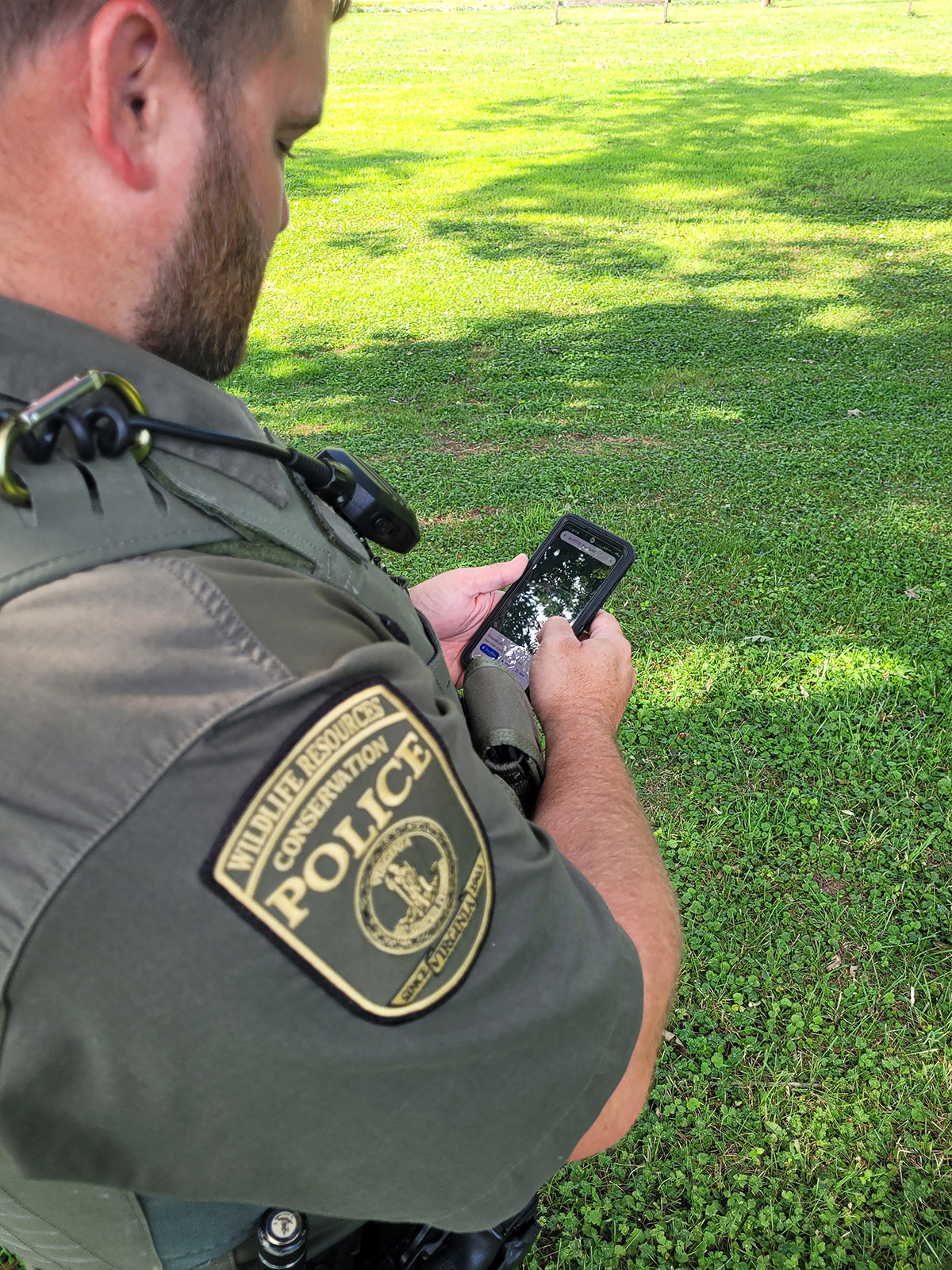
CPOs utilize their cellphones for everything from checking property lines to gaining an aerial view to even fielding dispatched to calls through the new Field Ops app. Photo by Master Conversation Police Officer Eric Dotterer
The next day, several officers from District 32 converged to discuss the issue of illegal night hunting that had resulted in multiple deer kills. Billings, Bobbitt, and Chaffin were joined by Master CPO Jason Harris, Senior CPO Eric Rorabaugh, and Senior CPO Benjamin Boyette. The units carefully developed an operational plan to interview two individuals they suspected of being involved with the previous night’s incident. Bobbitt, as lead investigator, requested that Boyette and Chaffin join him in interviewing one of the suspects. Harris and Rorabaugh would interview the second suspect, who lived in an adjacent county.
Bobbitt contacted the first suspect by phone, and they decided to meet at a neutral location. He prepared for the interview along the way, running questions through his head and considering all possible rebuttals from the suspect. He arrived at the neutral location, joined by Boyette and Chaffin, and confidently exited his patrol vehicle anticipating a defining moment in his career.
As Bobbitt approached the suspect and locked eyes with him, the air felt charged around them. He broke the silence with small talk about various outdoor activities, but the suspect was reserved and stayed tight-lipped. The conversation turned when Bobbitt asked about his whereabouts the previous night. The man’s posture immediately changed, and he gave a blank stare.
As their eyes remained locked, Bobbitt, using his knowledge of the evidence, replayed the previous night’s events with accuracy, including the caliber of the firearm. The suspect dropped his head and confessed, saying, “I made a mistake.” The suspect then admitted to shooting the deer by aid of light and stated the first shot had struck the deer in the jaw and the final shots had been fired from a 9mm pistol. Bobbitt inquired if he had any pictures of the deer he had killed on his phone, and the suspect proceeded to show him. After a brief back and forth, the suspect admitted to killing a second deer on a different night. He then stated that he needed to return to work and left with the coworker that had given him a ride. Bobbitt advised he would be in touch.
Shortly after the CPOs departed from the meeting, Bobbitt received a call from Harris with information on two other deer that were killed, one being a 16-point buck. Bobbitt called the suspect and requested a follow-up interview. The pair met later that day at an agreed-upon location, and this time, the suspect arrived in his own vehicle. As Bobbitt walked up to the pickup truck, he observed deer hair and blood on the tailgate and license plate. He asked the suspect to come speak with him in his patrol vehicle and began to question him about the 16-point buck.
Bobbitt utilized every technique he had learned throughout his career, and after a lengthy interview, he obtained a confession that the other deer were killed weeks earlier by aid of light. He further uncovered that the suspect had spotlighted 10 times over the last month and had killed a total of four deer. Bobbitt then concluded the interview, obtained the suspect’s consent, and proceeded to conduct a search of the vehicle. Blood was found on the passenger side door and seat, as was a knife with hair and blood residue, spent 9mm rounds, and a case for a red spotlight commonly used for casting at deer. The .270 caliber rifle and 9mm pistol were located and seized, then all items were photographed and documented as evidence. The suspect complied with Bobbitt’s request for the location of the 16-point deer antlers and two other sets of antlers, and they were seized as well. The offenders were each charged with four counts of hunting during a closed season, four counts of killing deer by aid of light, and one count of wanton waste of wildlife.
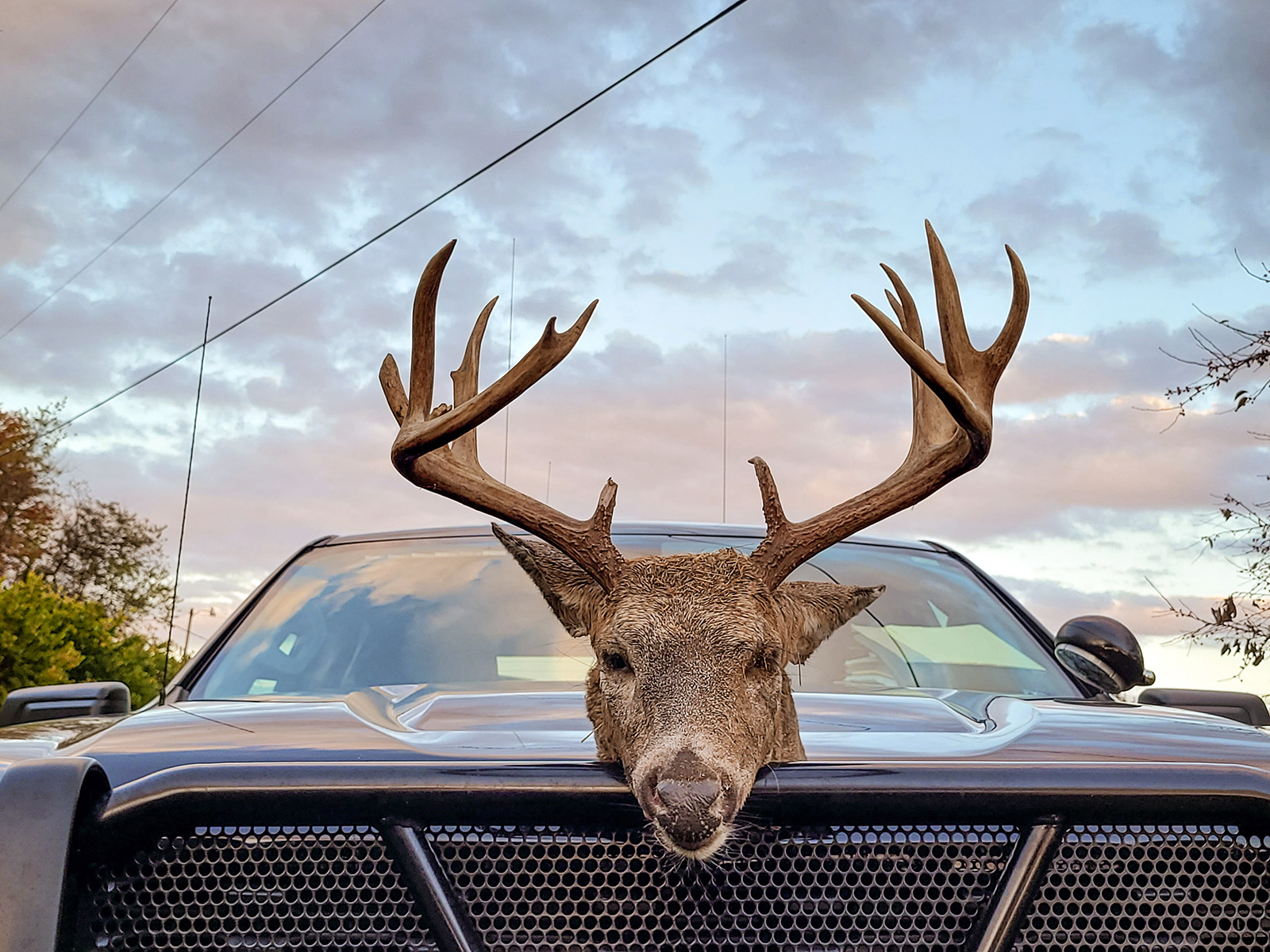
This 16-point buck was seized from the investigation and later forfeited to the Commonwealth. Photo courtesy of the DWR Law Enforcement Division
Even though his team had just ended a major poaching operation, Bobbitt recognized the hardest work was yet to come. He knew from years of experience that proper evidence collection and court testimony can either win or lose a case. In the months that followed, their hard work and dedication paid off when the courts handed down fines and costs of over $8,000 to the offenders, their firearms were forfeited to the Commonwealth, and their hunting privileges were revoked for five years.
Master Conservation Police Officer Eric Dotterer set a goal of becoming a game warden by age 8 and spent his early years working at a hunting preserve located near his home. In 2007, he graduated from Tennessee Technological University with a degree in Wildlife and Fisheries Management and was hired by Virginia’s Department of Wildlife Resources later that year. After the academy, he was assigned to Pittsylvania County and continues to serve the area.
©Virginia Deer Hunters Association. For attribution information and reprint rights, contact Denny Quaiff, Executive Director, VDHA.
